Description
Fundamentals of Differential Equations presents the basic theory of differential equations and offers a variety of modern applications in science and engineering. This flexible text allows instructors to adapt to various course emphases (theory, methodology, applications, and numerical methods) and to use commercially available computer software. For the first time, MyLab Math is available for this text, providing online homework with immediate feedback, the complete eText, and more.
Note that a longer version of this text, entitled Fundamentals of Differential Equations and Boundary Value Problems, 7th Edition, contains enough material for a two-semester course. This longer text consists of the main text plus three additional chapters (Eigenvalue Problems and SturmLiouville Equations; Stability of Autonomous Systems; and Existence and Uniqueness Theory).
Also available with MyLab Math MyLab Math is an online homework, tutorial, and assessment program designed to work with this text to engage students and improve results. Within its structured environment, students practice what they learn, test their understanding, and pursue a personalized study plan that helps them absorb course material and understand difficult concepts.



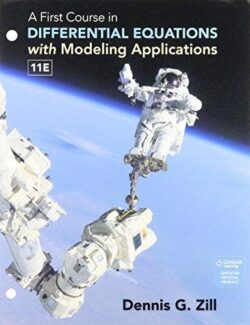
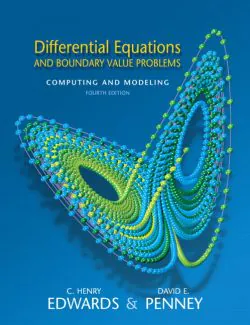



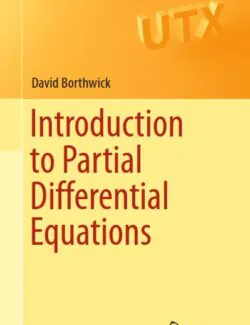
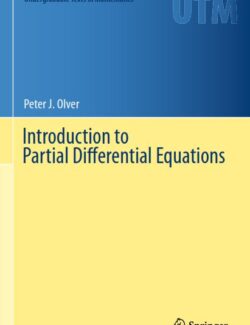

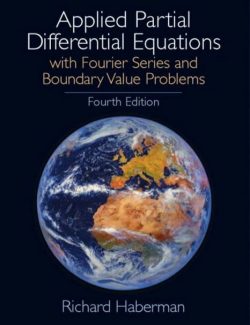

Leave us a comment
No Comments